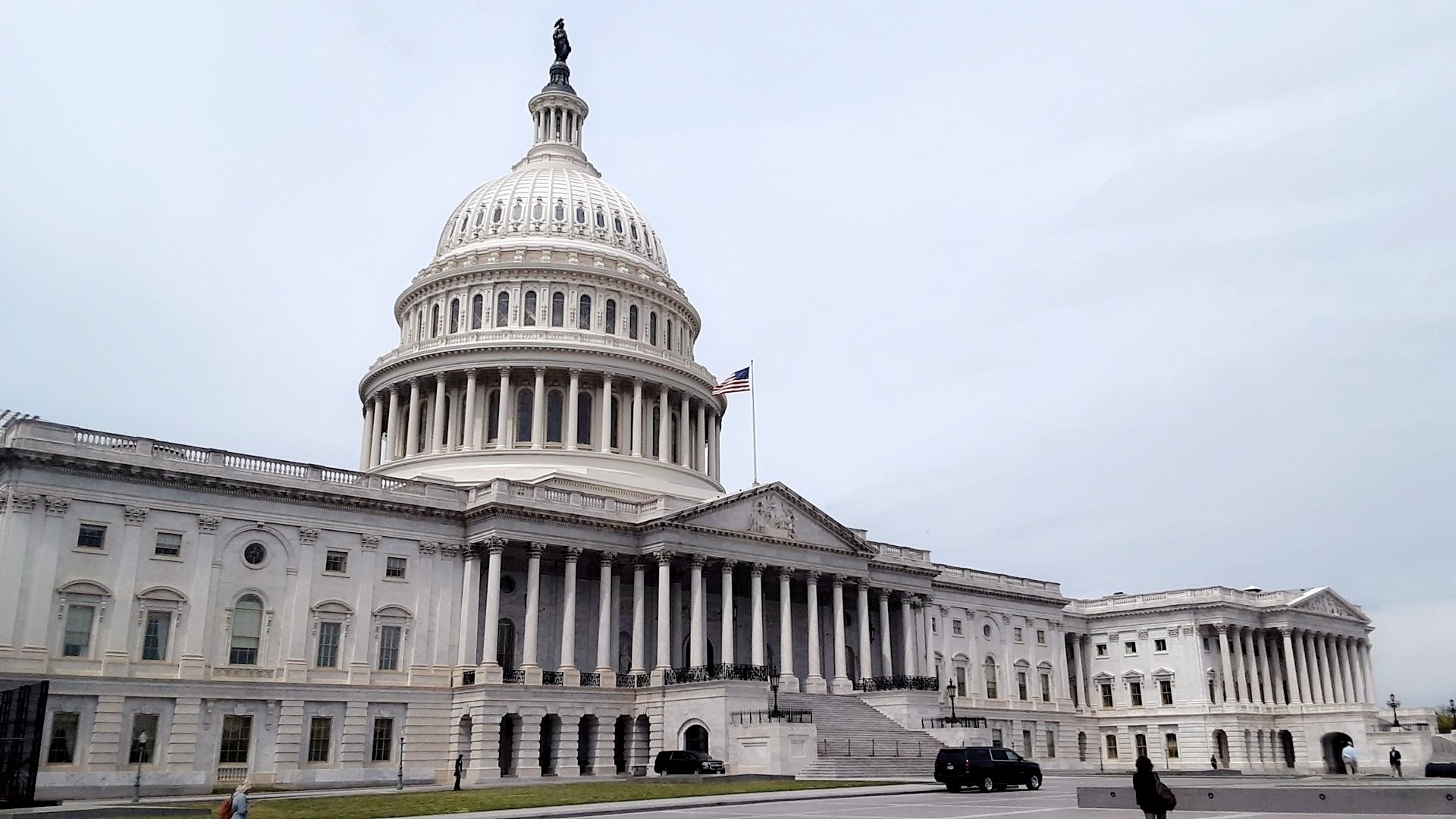Standing committees play a crucial role in the work of modern legislatures. A casual glance at recent news headlines makes this clear: in the current 117th Congress, the Committee on Transportation and Infrastructure has been hard at work on the Infrastructure Investment and Jobs Act, and the House Ways and Means Committee recently presented a plan to raise taxes by over $2 trillion dollars. Advocacy campaigns for or against policies contained in these landmark bills have been aimed at committee mark-up, illustrating the high-stakes decisions made in committees. But how exactly did Congress (and other modern legislatures) end up with a committee-based form of organization, where policy details and decisions are referred to a network of topic-focused sub-organizations?
While a long literature in political science has developed to understand the work of standing committees, it is mostly premised on developments in the post-Civil War United States. But the historical origins and development of standing committees are actually very old — older, in fact, than many of the stylized facts that comprise political scientists’ understanding of how and why committees work the way they do.
Our paper, “The Popular Origins of Legislative Jurisdictions: Petitions and Standing Committee Formation in Colonial Virginia and the Early U.S. House,” traces the history of standing committees and makes the observation that the development of standing committees in early legislatures coincided with legislatures being flooded by petitions — formal documents consisting of a prayer or request directed to an authority along with a list of signatures publicly identifying individuals with the request. Petitions appear to have played a crucial role in setting the agenda for early legislatures and in generating a portion of their workload. For instance, half or more of all bills passed by the Virginia House of Burgesses originated as petitions.
For early legislatures, failure to respond adequately to petitions could bring with it electoral losses, or even worse, armed revolt. (Even the Declaration of Independence noted the failure of the Crown to respond to American colonists’ petitions!) Starting with these observations, we develop a model that links petitioning to the formation of standing committees: a legislature’s floor creates committees to respond to topic-specific petitions, and committees are created when petitions (1) are topically specific, (2) are spread across constituencies, and (3) have complex subject matter. Indeed, we think the specific organizational form of committees was particularly well-suited to respond to the problems posed by accumulating petitions (e.g., coming from varied geographic locales, ranging across topics, and often requiring some level of expertise to address).
We then test the plausibility of this model by gathering historical data on both the inflow of petitions to early legislatures along with the timing of the creation of specific standing committees. Using real-world petitions sent to the Virginia House of Burgesses from 1766 to 1769 as well as over 100,000 petitions sent to Congress between 1789 and 1875, we find that mass arrival of petitions on a given topic was indeed a predictor of standing committee creation in that general thematic area. Furthermore, the geographic spread of petitions on a topic as well as the complexity of the topic they were addressing were also both positively correlated with the formation of a standing committee on a topic. To rule out the notion that petitions were just reflective of existing public opinion and not a distinct channel of communication on their own, we also gathered data on newspaper coverage of topics raised by petitions, along with the text of presidential messages (under the theory that the presidential message delivered at the beginning of each Congress likely reflected public opinion and also played some role in setting the agenda for a congress). Even when including these additional measures as controls, the relationship between topic-specific petition flows to Congress and the creation of a committee on that topic holds up.
Our empirical results support the claim that legislatures used petitions to inform their work and, at least in part, the process of responding to petitions helped shape the creation of topic-specific standing committees — an organizational structure that persists to this day.
This blog piece is based on the article “The Popular Origins of Legislative Jurisdictions: Petitions and Standing Committee Formation in Revolutionary Virginia and the Early U.S. House” by Benjamin Schneer, Tobias Resch, Maggie Blackhawk, and Daniel Carpenter, forthcoming in the Journal of Politics, July 2022.
The empirical analysis of this article has been successfully replicated by the Journal of Politics and replication materials are available at The Journal of Politics Dataverse.
About the authors
Benjamin Schneer- Harvard University
Benjamin Schneer is an Assistant Professor of Public Policy at the Harvard Kennedy School. His research is in American politics and focuses primarily on political representation. You can find further information regarding his research here and follow him on Twitter @BenSchneer.
Tobias Resch – Harvard University
Tobias Resch is a Ph.D. student in the Department of Government. His research interests include political representation, inequality, and political psychology. You can find further information regarding his research here.
Maggie Blackhawk- New York University School of Law
Maggie Blackhawk is a Professor of Law at NYU and an award-winning interdisciplinary scholar and teacher of constitutional law, federal Indian law, and legislation. You can find further information regarding her research here and follow him on Twitter @MaggieBlackhawk.
Daniel Carpenter- Harvard University
Daniel Carpenter is Allie S. Freed Professor of Government in the Faculty of Arts and Sciences at Harvard University. He combines theoretical, historical, statistical, and mathematical analyses to examine the development of political institutions, particularly in North America, focusing on petitioning systems, public bureaucracies, and government regulation. You can find further information regarding his research here.



